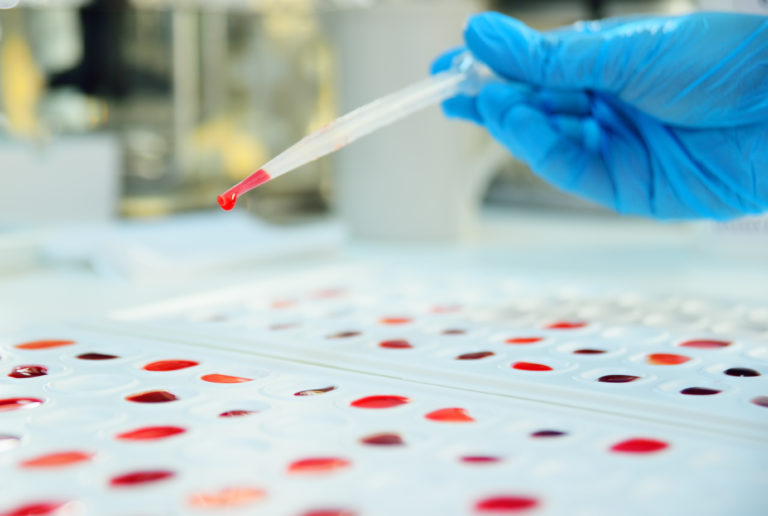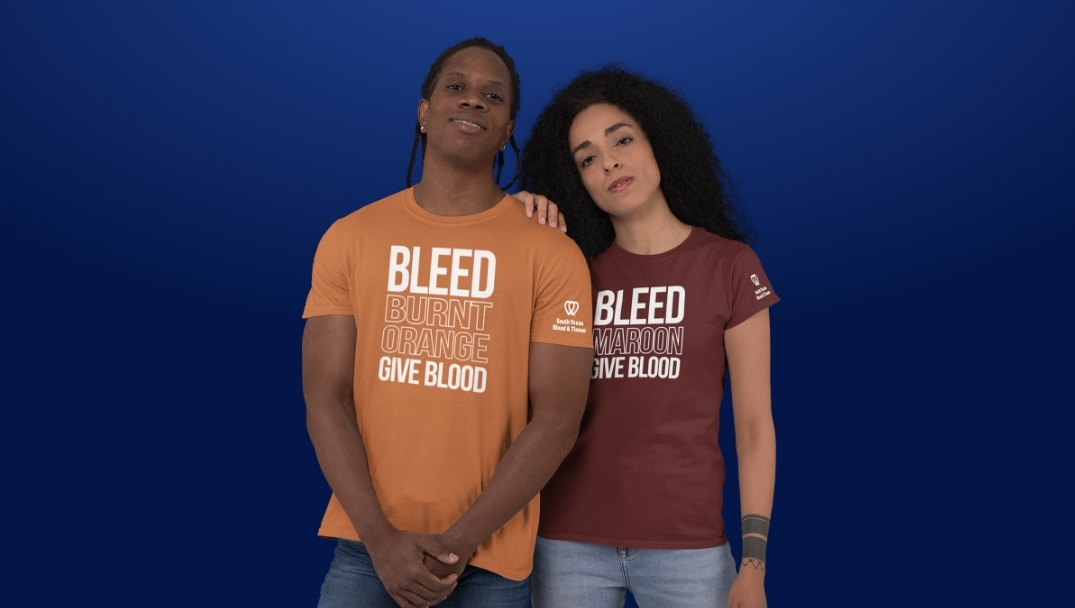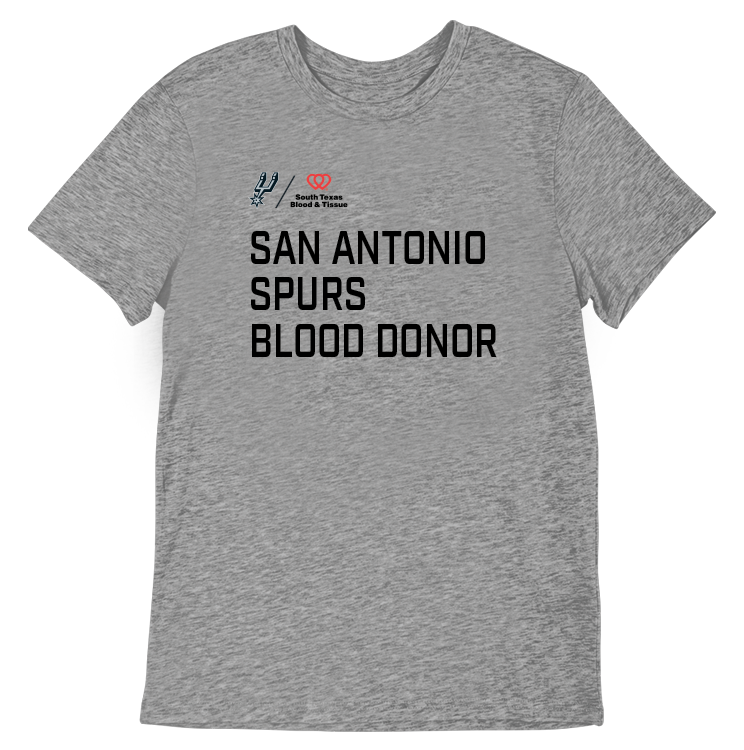The most rare blood type in the United States, using the ABO and Rh classification groups, is AB negative, found in just 1% of the population.
But even 1% of the U.S. population amounts to almost 3 million people.
Researchers looking into all 36 of the classification groups for blood have identified a type considerably more rare: Less than 50 people in the world have it.
First discovered in an Australian Aboriginal woman in 1961, the blood features red cells that have absolutely no antigens on them at all. (The presence or absence of antigens, or proteins, are what determine types in the classification systems.)
It’s called Rh-null blood, or much more dramatically, “golden blood.”
For years, scientists believed that no one could survive with the Rh-null blood type, since it can lead to serious complications. Finding the woman in Australia, and subsequent people with what they believe is a similarly mutated gene, dispelled the myth.
Those with Rh-null blood must depend on a tiny network of donors around the world if they need transfusions. Right now, according to the Australian Academy of Science, there are nine active golden blood donors.
As reported on the website Mosaic Science, those with Rh-null blood also can be in high demand because their donations can go to virtually anyone in the world with a matching ABO type.
No matter what your type, though, patients need you to donate on a regular basis. Visit SouthTexasBlood.org to schedule a donation today.




